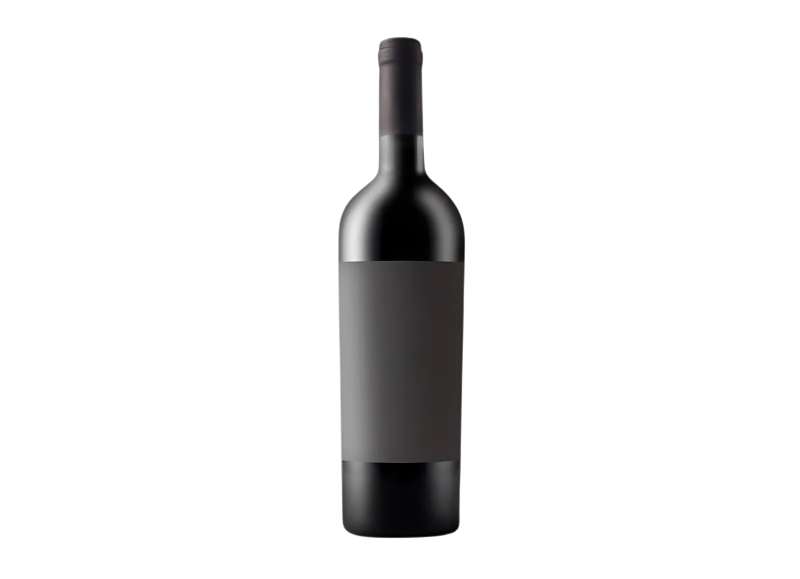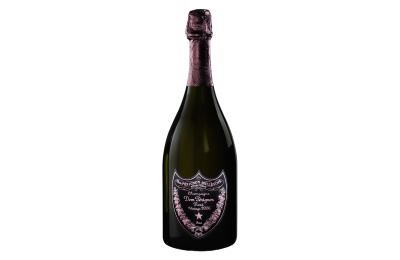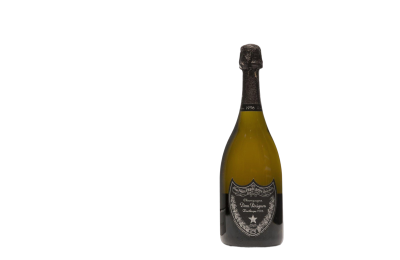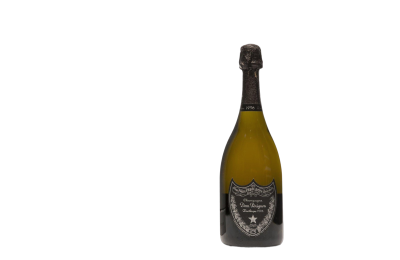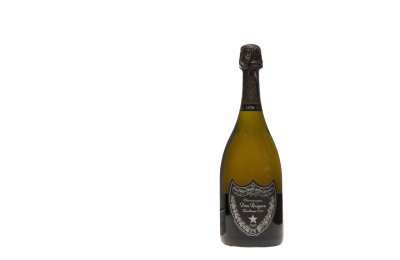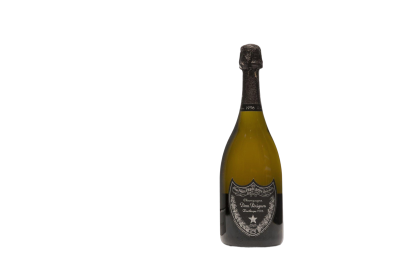Tom Stevenson: 62% Pinot Noir, 38% Chardonnay; disgorged 2011; dosage <7g. Moët bravely chose to express the naturally low-acid character of this extraordinary year, which boasted the hottest summer in Europe since 1540, but had such a bitterly cold start that freezing fog destroyed large swathes of vineyards (mostly Chardonnay), halving the potential crop. With only half a crop to ripen and a sweltering hot summer in which to do it, 2003 was the earliest harvest of lowest acidity on record. Geoffroy denied himself the quick-fix of acidification, opting instead for the more subtle adjustment of selecting only those grapes that had maintained what he perceived as a certain balance of freshness and brightness despite their high levels of ripeness. The most dominant elements of Dom Pérignon 2003 are Chardonnay from Cramant and Pinot Noir from Aÿ-Champagne, both of which have power and intensity yet also possess a balance of sorts. The core components of Le Mesnil-sur-Oger, Bouzy, and Hautvillers had to be severely restricted to avoid heaviness and overripeness. The unusually low Chardonnay content was partly because that grape was scarce (Chouilly was virtually wiped out) and partly to compensate for the lack of minerality in the Chardonnay, which Geoffroy achieved by increasing the northern Pinot Noir crus, such as Mailly and Verzenay. It was the fourth time I had tasted this particular disgorgement, and each time it just gets better and fresher. This is not one of the best vintages of Dom Pérignon, but it has gravitas and a truthfulness that makes it the best of the unadjusted 2003s. The only mistake that Geoffroy made was not to release at least a small batch even earlier, when the fruit would have been freshest and brightest. I understand why he did not; he wanted to show the world that even in 2003 Dom Pérignon benefits from 10 years on yeast, but he could have demonstrated that after an earlier release. Now he cannot go back.
Details
| Wine expert | Tom Stevenson |
| Tastings year | 2013 |
| Region | Champagne |
| Appellation | Champagne AOC |

